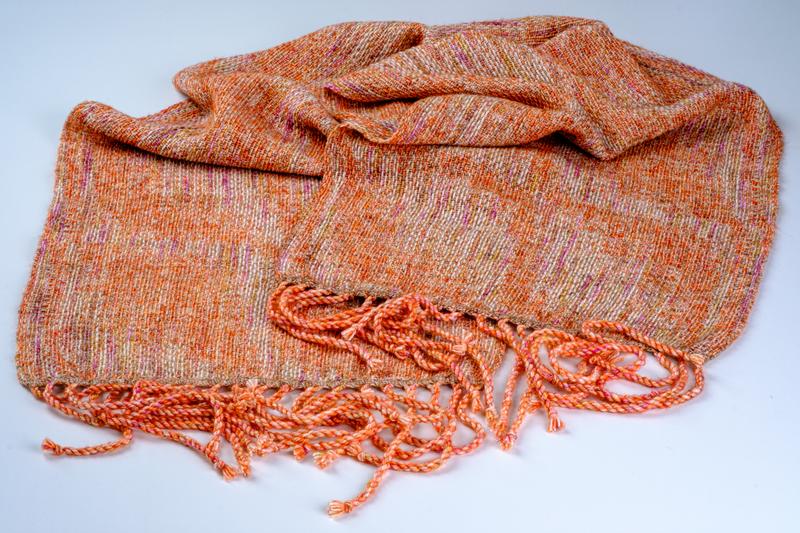Last spring, I made a shawl in Turned Taquete based on the Fibonacci sequence. When my mother saw this shawl, she said she would like one just like it — only in a different color combination. I was happy to comply, but made one additional little change besides the color choice.
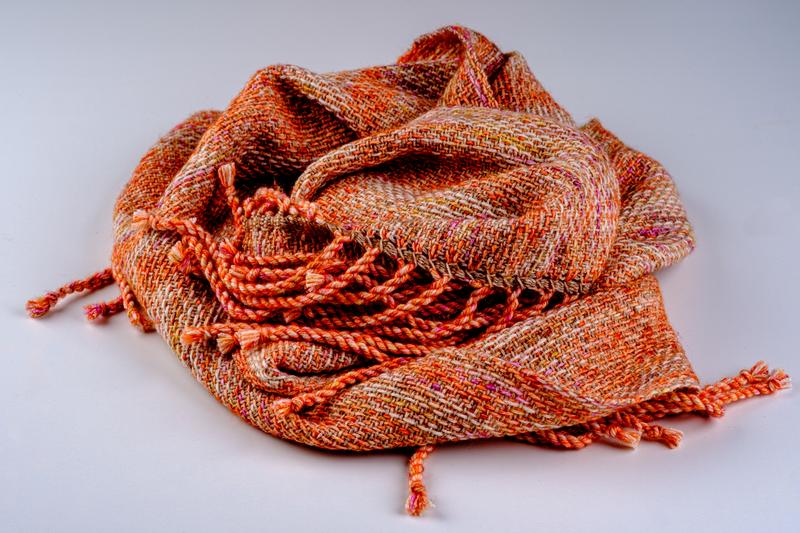
From design line to Turned Taquete
Designing a Turned Taquete pattern with 8 shafts takes several steps:
- Make a warp design line which can consist of more than one consecutive warp thread on the same shaft,
- Choose a diagonal 4/4 tie-up,
- Copy the design line to the treadling (weave as drawn in),
- Adjust the warp design line to make sure that warp threads on odd and even shafts are alternated. A handy way to do this in Fiberworks is to redraw the design line on a plain weave network. I sometimes alter the result a bit, making sure to keep the even-odd sequence intact,
- Add a parallel repeat to the warp 4 shafts above the initial parallel line,
- Add a tabby to the treadling sequence,
- Fill the warp and weft threads with the color of choice.
Basically, the designing happens in step 1 and all the other steps are just mechanical steps to go from design to Turned Taquete pattern.
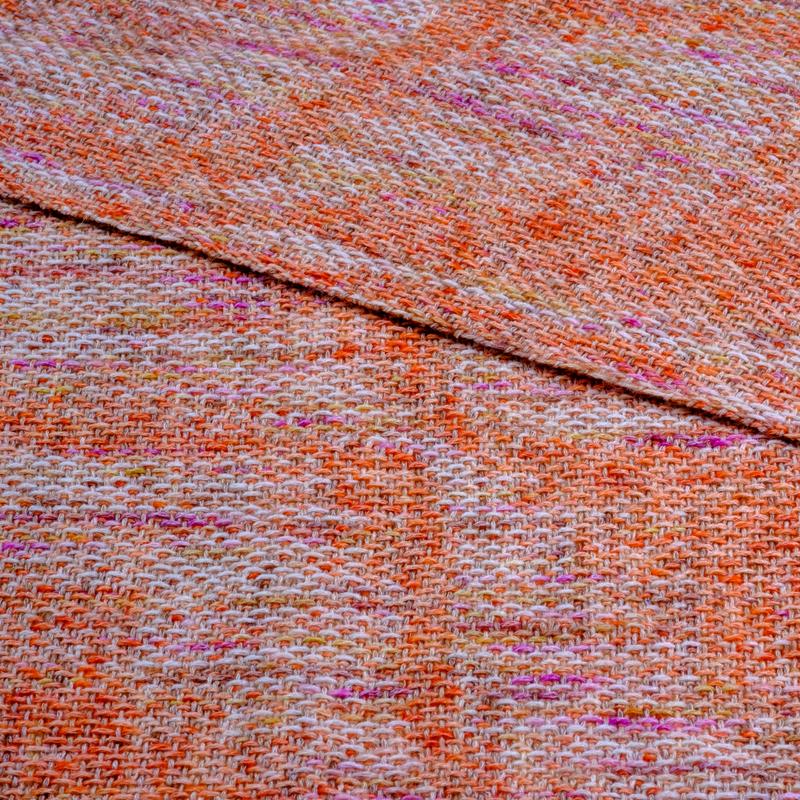
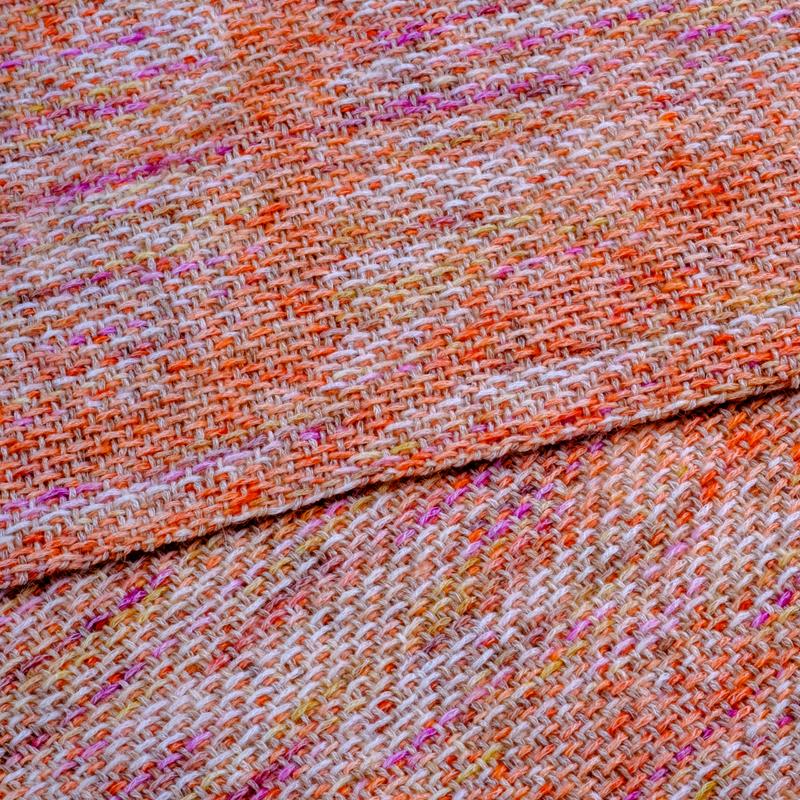
Smoothing out the treadling
Note that, due to the tabby, it is not necessary to adjust the design line in step 6 to obtain the treadling sequence. The same pattern treadle can be used several times in a row while weaving, each time alternated with the tabby treadles. The same pattern treadle is used for 5, 8, up to 13 times in a row in my Fibonacci design. The result still gives nice waves, but can feel a little blocky. For this second try on weaving the Fibonacci waves, I wanted to smoothen out these blocks.
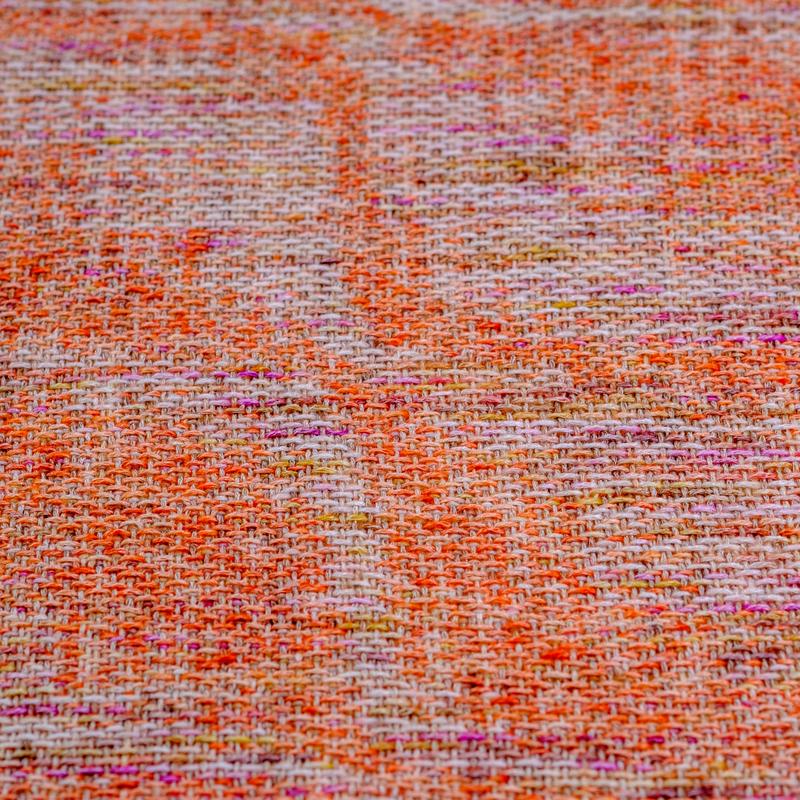
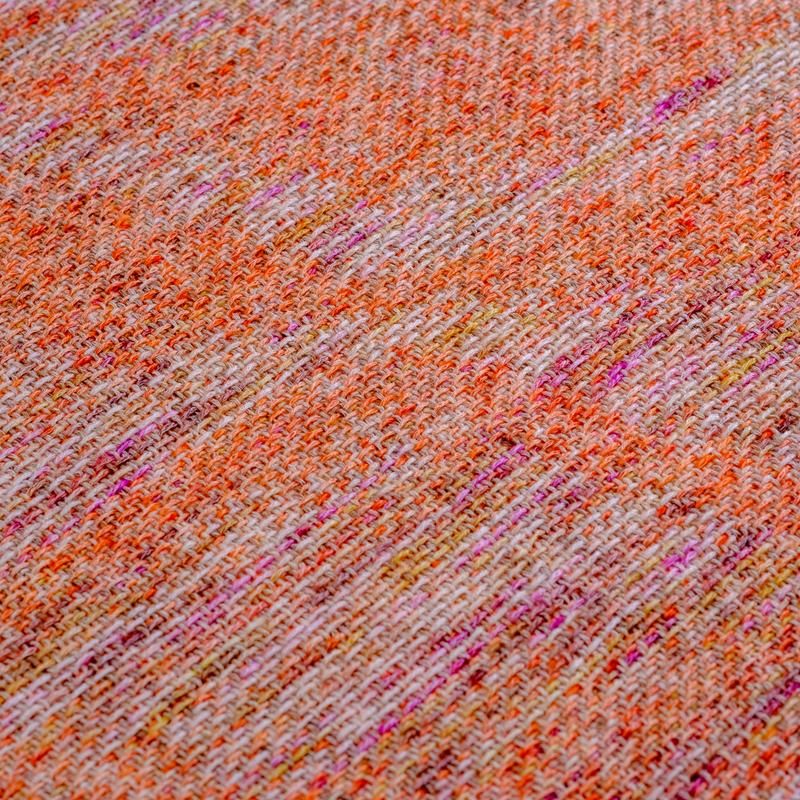
I gave this some thought and suddenly realized the that solution is very simple. It is not necessary to adjust the design line in step 6, but it is not forbidden either. Instead of copying the design line to the treadling in step 3, I could use the adjusted design line of step 4 as a basis for the treadling.
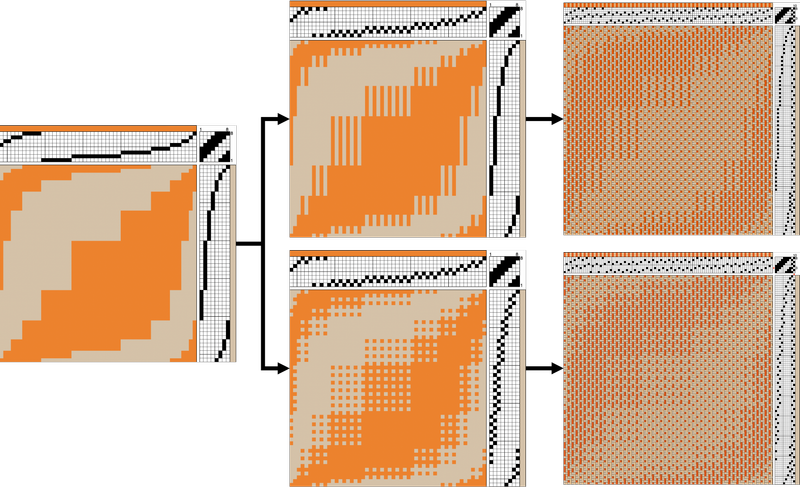
In this sequence, the blocks that were previously made up of 1 treadle for several repeats are turned into blocks of 2 alternating treadles. So, instead of using the same treadle 8 times in a row, I would alternate 2 treadles each 4 times for a total of 8 times. This softens up the blocks of the design line.
Stay sharp
Once I knew what to do, it was easy sailing. My mother picked a reddish orange and a nice cream yarn with colored speckles for the warp and a beige for the weft. The yarn is the same mix of cotton, alpaca and merino wool that I used on the other shawl.
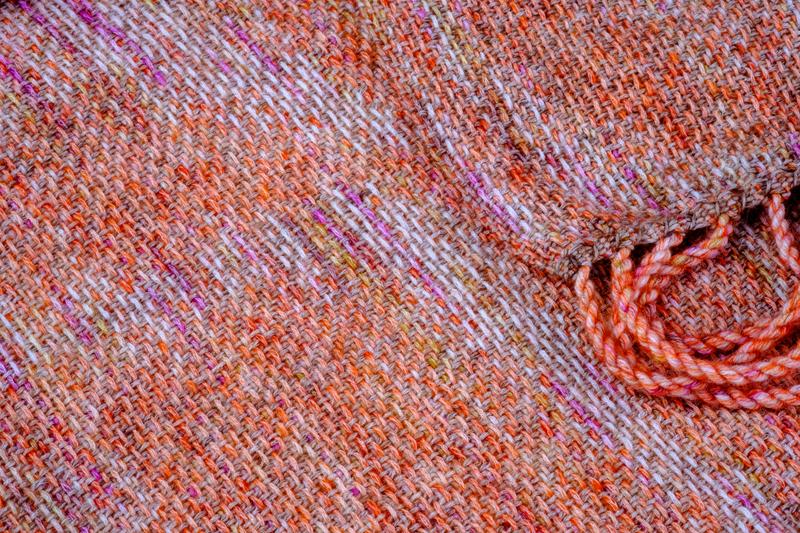
The Fibonacci waves in the shawl turned out to be less blocky indeed and the shawl was off the loom in no time. The yarn gives a lovely subtle color result as it is made up of a white cotton core thread with colored alpaca and merino fibers. Just as my adjusted treadling sequence softens up the pattern blocks, the white cotton softens up the color mix.
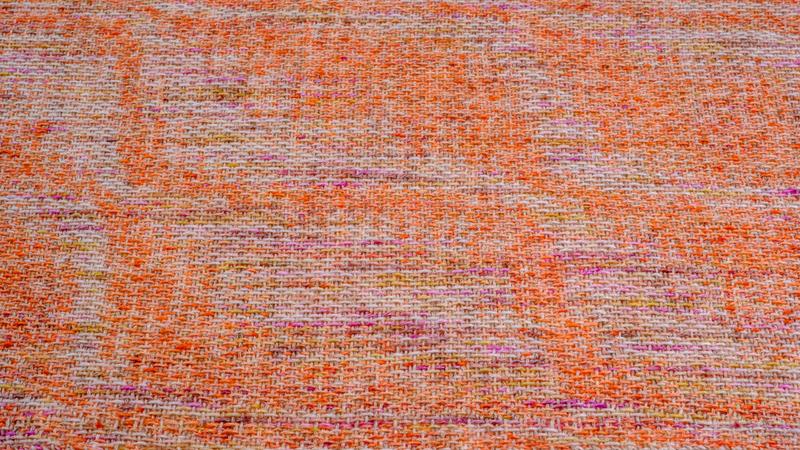
When you make a lot of designs in weaving software, it is quite easy to get stuck in a routine. I performed the described steps so often that I did not really give them much thought after coming up with the design line. This shawl taught me to stay sharp — there are always new little ways to change up the routine.
